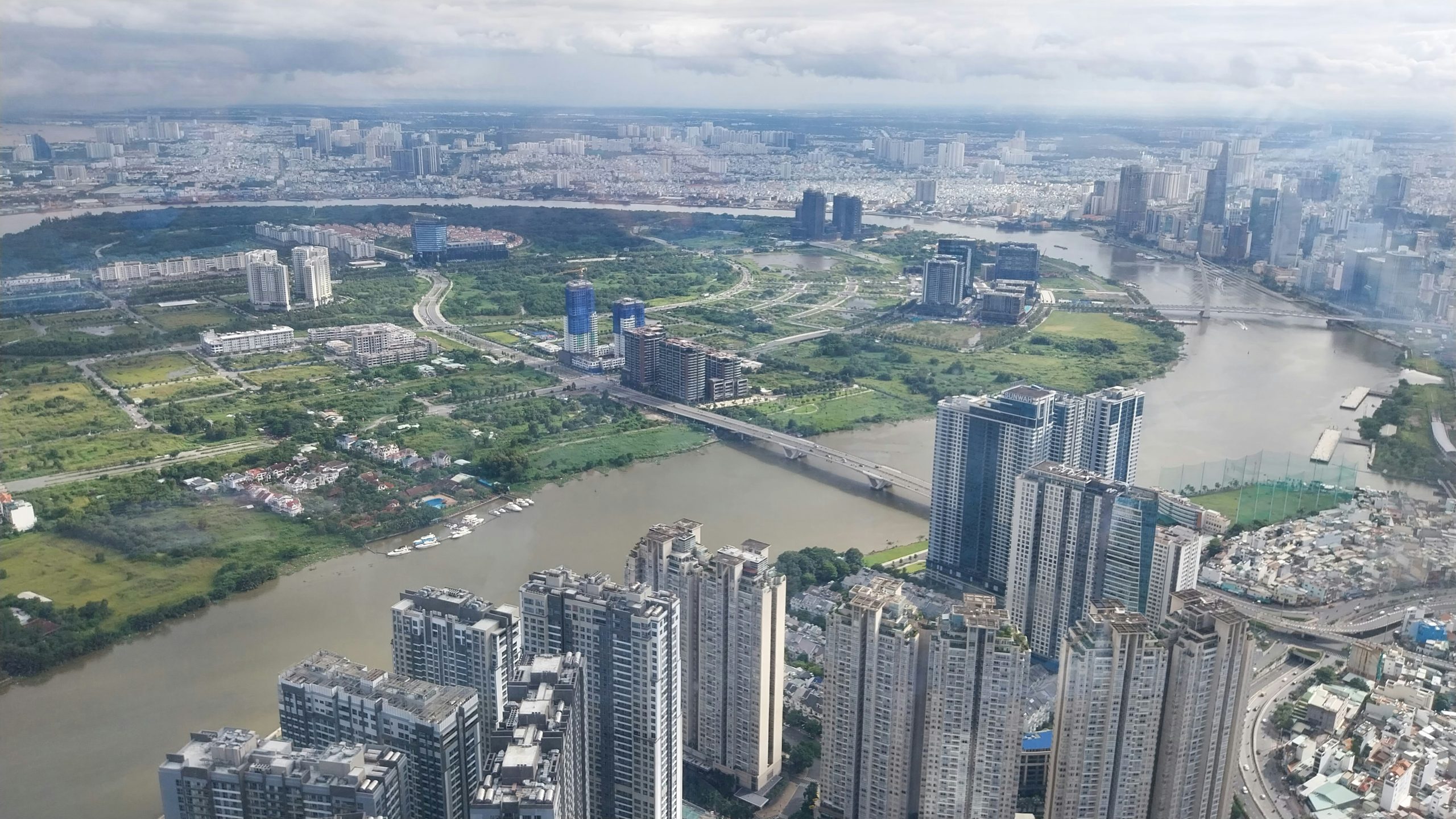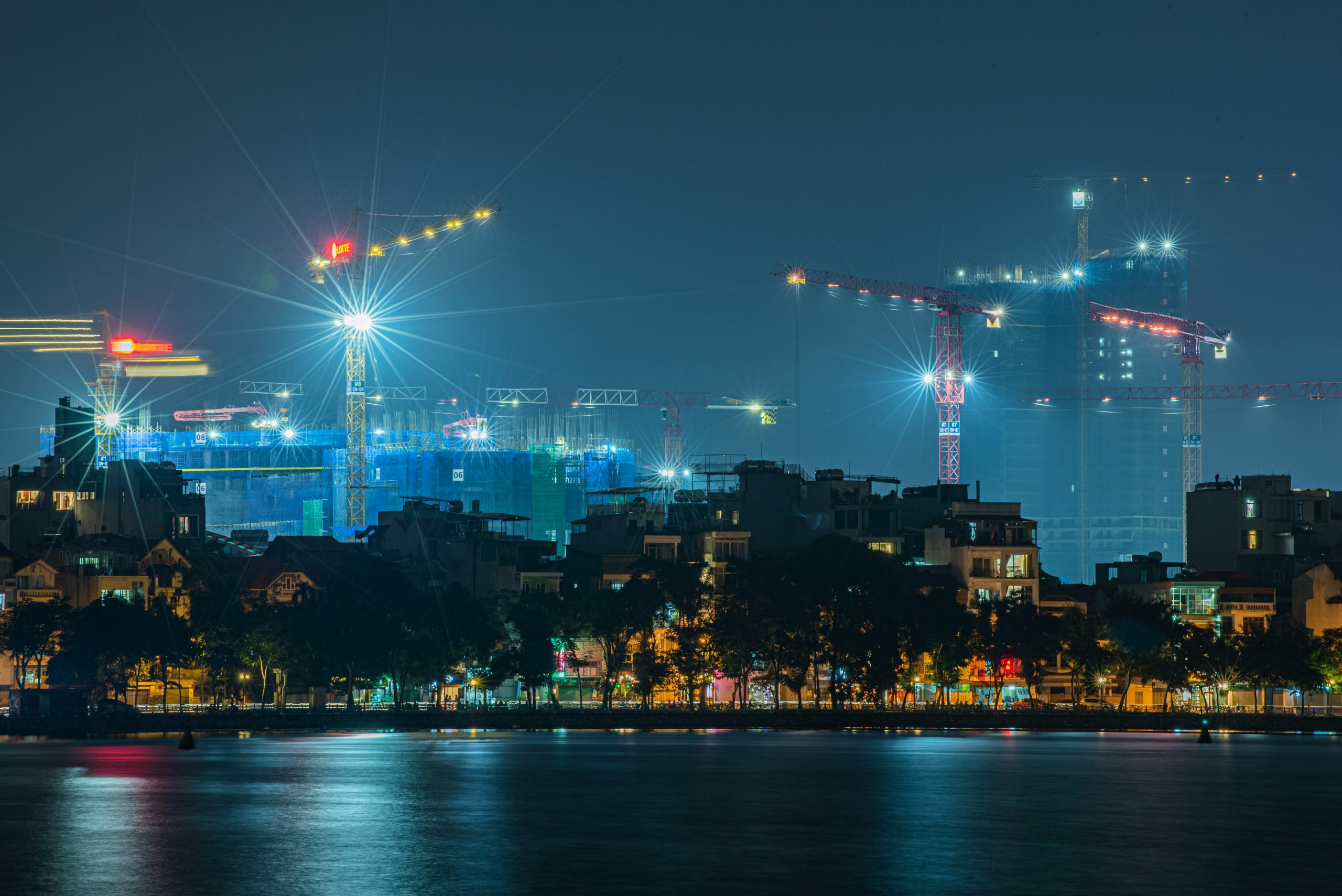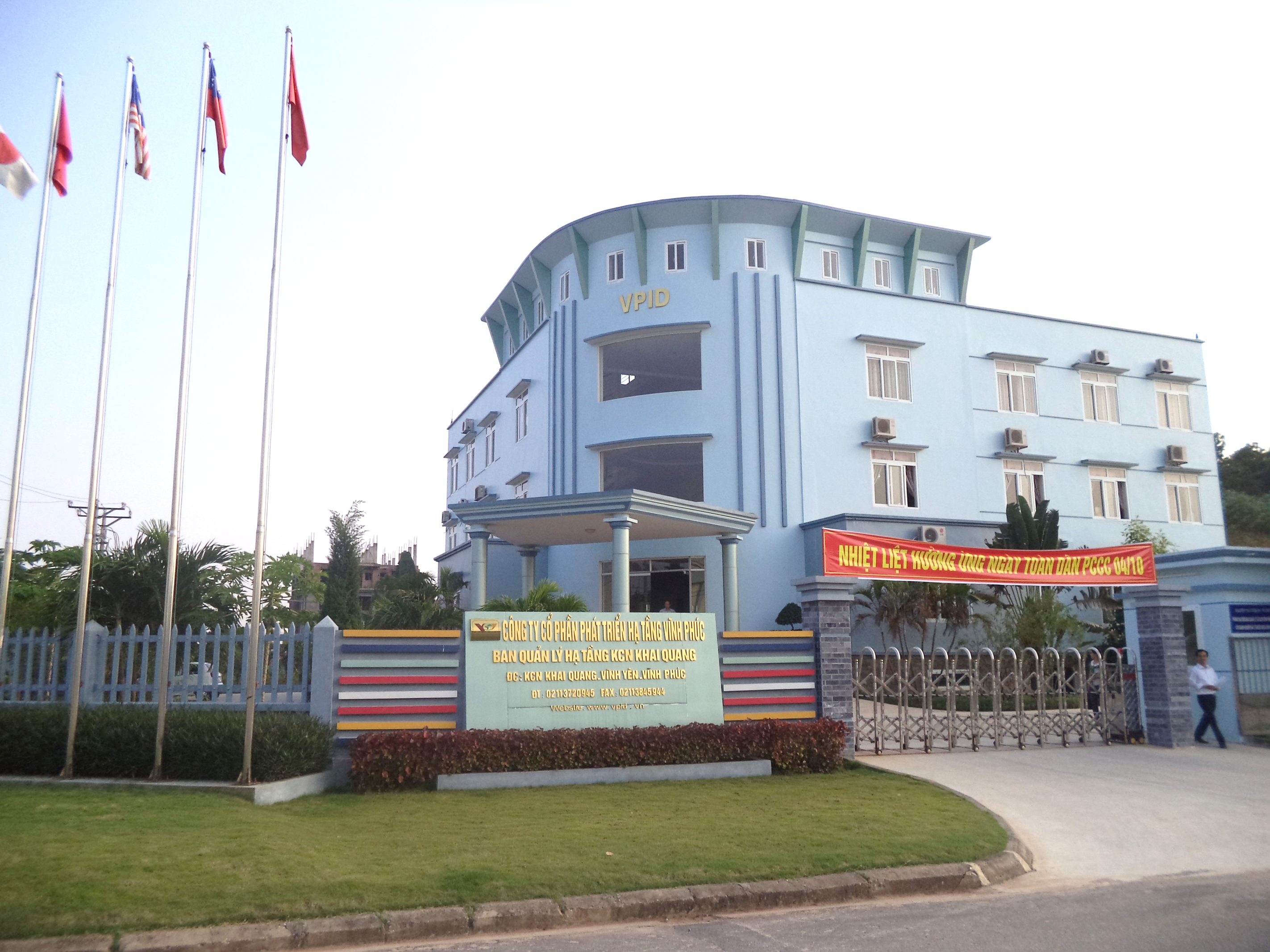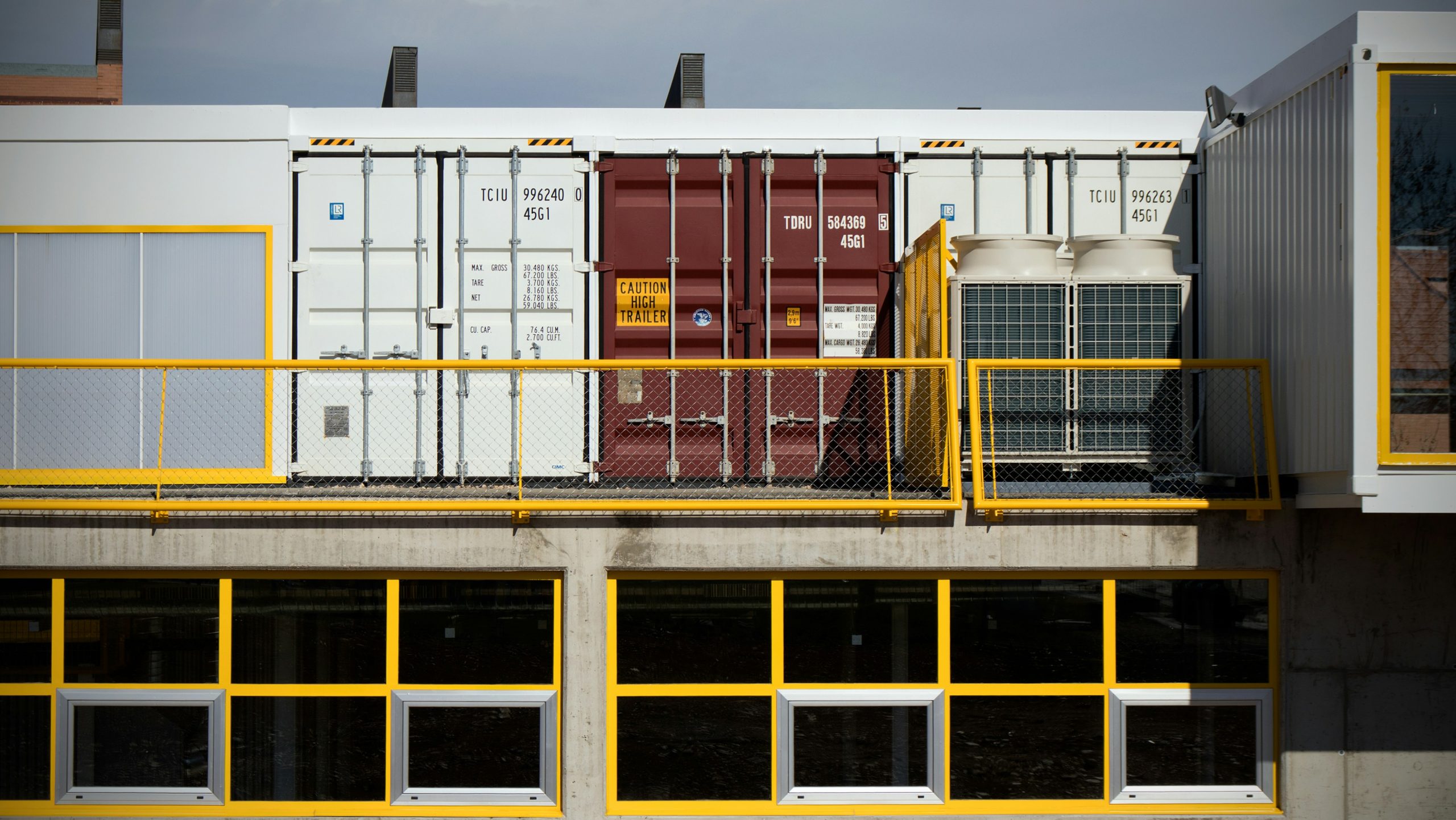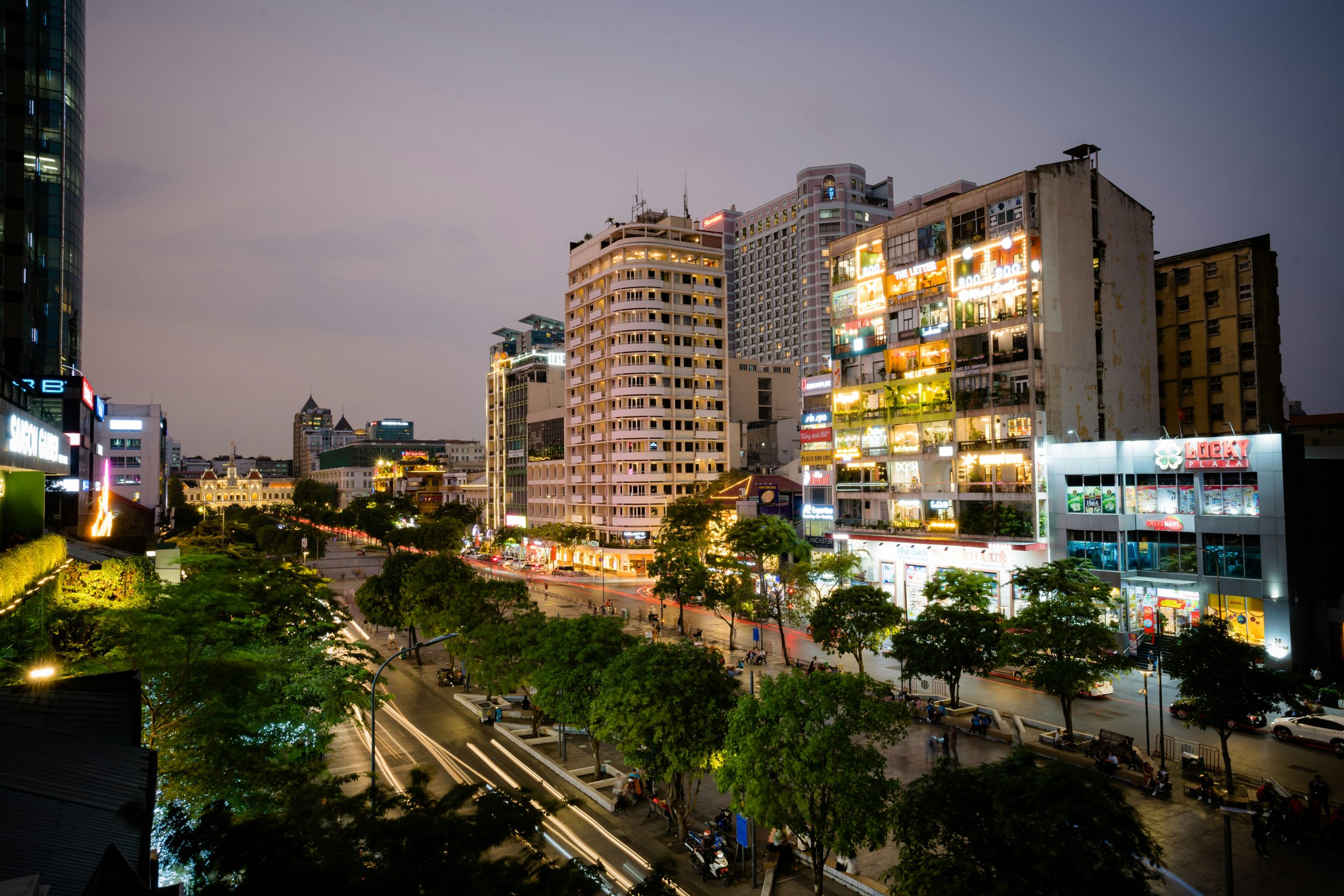
15Aug2017
Industry Reviews
Comments: No Comments.
2017/7/31
“10 billion USD in 2015 to 25 billion USD in 2025”
Vietnam’s hectic scene of modernization and industrialization has benefited some particular industries, one of which is electrical construction. Factories, airports, shopping complexes, everything needs switches and light bulbs.
It has been suggested that electrical construction account for ¼ of general construction’s total market value[1], which will rise from 10 billion USD in 2015 to 25 billion USD in 2025. Proportionally, electrical construction’s market value should increase from 2.5 billion USD to 6.25 billion USD in the same period.
Such CAGR of 10.9% over the next decade is an impressive piece of statistics, signaling a good time ahead for electrical construction industry.
Naturally, even for the most evenly positive state or situation, there are certain points that require extra attentions.
The first point is infrastructure renovation movement in Vietnam’s rural areas. In around 9,000 communes across the country, a lot of stuff needs to be upgraded, and a lot of other stuff needs to be built: roads and bridges, markets and houses, schools and hospitals.
“total of 28 billion USD will be spent to overhaul countryside all over the country”
The demand for general construction and electrical construction there will be massive.
According to the Government’s ‘New Rural Development Program 2016 – 2020’, a total of 28 billion USD will be spent to overhaul countryside all over the country, and infrastructure renovation is a key content of the Program.
The second point is the booming of industrial zones. Most of current industrial zones (218) are being expanded, while new ones (98) are being constructed.
As Vietnam’s average occupancy rate of industrial zones is 50 – 70%, one can now possibly see incoming big flocks of factories and warehouses.
Turning to the supply side, Vietnam now have around 1,240 electrical construction companies, most of which are small and medium enterprises.
Hanoi and Ho Chi Minh City are two biggest hubs of the field, while other well-developed provinces like Binh Duong and Dong Nai are also relatively crowed.
Searefico JSC and REEME JSC are two biggest domestic players in the field.
Both companies are originated from a state-owned enterprises (before getting equitized and becoming private companies).
Searefico JSC is even a listed company, and 20% of its stocks are owned by Taisei Oncho Co., Ltd.
“business here for over 20 years”
Regarding foreign players, Japanese companies are gaining strong footholds in Vietnam’s market. Companies like Kurihara Vietnam Co., Ltd and Kinden Vietnam Co., Ltd have done business here for over 20 years.
Significant later-comers include Shinryo Vietnam Co., Ltd, Taikisha Vietnam Engineering Co., Ltd, and Vietnam Kandenco Co., Ltd.
As for legal requirements, Vietnam’s Government have introduced an 8-part series[2] of National Technical Codes on Electrical Engineering.
The series cover topic such as Installation, Operation, and Maintenance of Power System Facilities, or Testing and Acceptance Test for Power Facilities, etc.
In conclusion, electrical construction industry will be very dynamic in Vietnam for years to come.
Opportunities are getting bigger, but so do competition and challenges. Japanese players may have the edge though, as Vietnam have a deep-rooted tendency to trust Japan when it comes to technical matters.
SOURCES:
- ‘Report on Construction Market 2016’, Military Bank Securities.
- ‘Report on Construction Market 2015’, FPT Securities
- Article on Industrial Zones, Finance Newspaper (belong to Ministry of Finance)
- Article on Rural Development, Homepage of Ministry of Agriculture and Rural Development
http://www.mard.gov.vn/Pages/news.aspx?CategoryId=30
[1] “Report on Construction Market 2016’, Military Bank Securities
[2] The National Technical Codes in the 8-part series are: 11-TCN-18-2006; 11-TCN-19-2006; 11-TCN-20-2006; 11-TCN-21-2006; QCVN QĐT-5:2009/BCT; QCVN QĐT-6:2009/BCT; QCVN QĐT-7:2009/BCT; QCVN QĐT-8:2010/BCT









